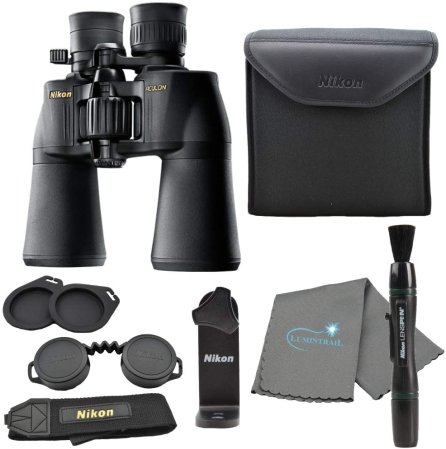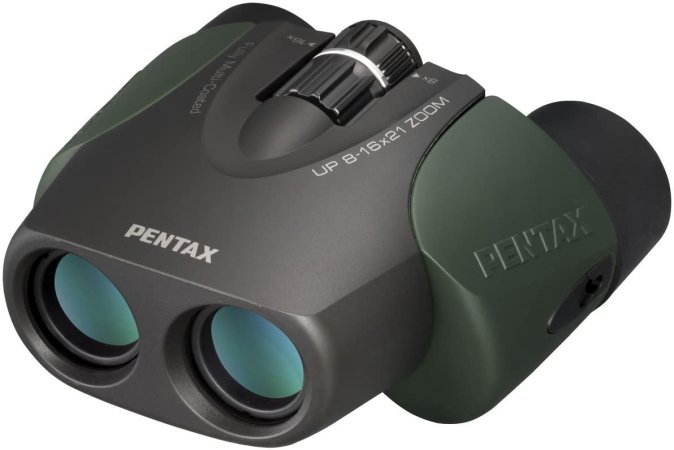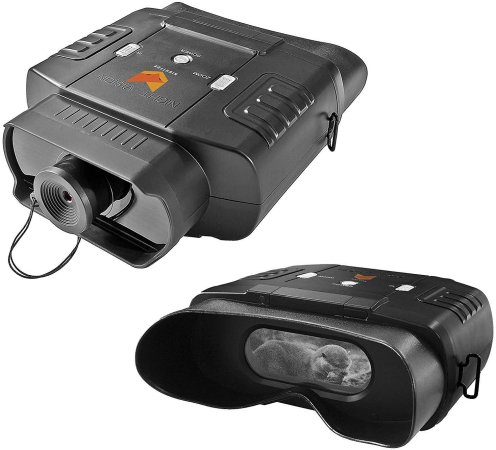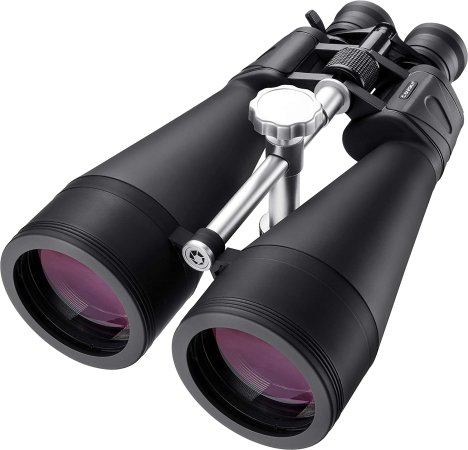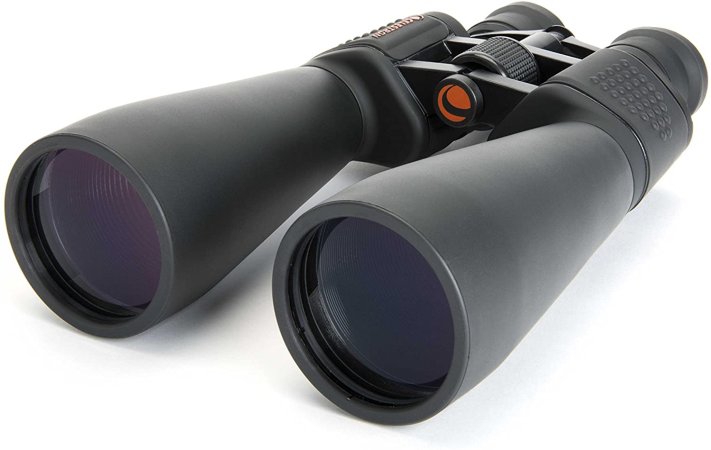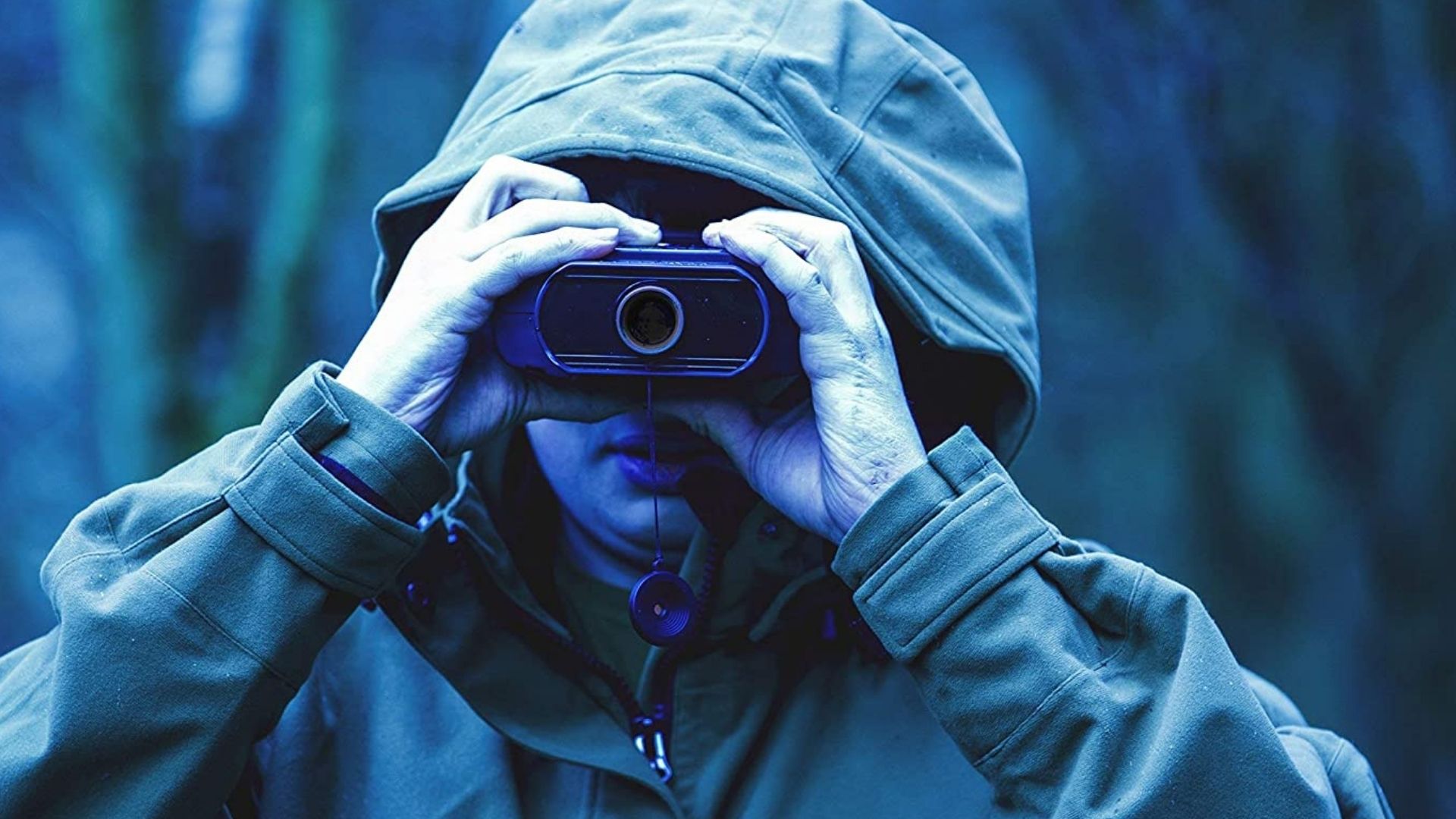

We may earn revenue from the products available on this page and participate in affiliate programs.
There are a lot of ways to extend your vision. Binoculars, spotting scopes, and rifle optics can all be incredibly useful in the field. Hunters and bird-watchers alike have long used binoculars to see into the distance and burn through brush. If there’s one downside to this kind of gear, it’s the potential to spend a lot of money on specialized equipment that performs in a relatively narrow range of environments.
Zoom binoculars, also known as variable-power binoculars, earned their share of the optics market by proving their versatility. With magnification capabilities as low as eight power and as high as 125 power, zoom binoculars can serve as your one-stop-shop for extended vision. They might not be quite as clear as fixed-power binoculars, but the tradeoff is one you should definitely consider. Add in the compelling price of these binoculars, and you’ve got a great piece of gear.
Nikon Aculon A211
Pentax compact zoom binoculars
Nightfox 100V
Barska Gladiator
Celestron Skymaster
Related: One of these 6 GPS watches belongs on your wrist
Why should you trust us
I’ve been chasing adventure outdoors and finding ways to try different gadgets and gear since I was old enough to be released into the wild on my own. I’ve used optics ranging from civilian binoculars and spotting scopes to RCOs and PVS-14s. Whether I was glassing for elk in Wyoming or battling those wylie Centralians in the Quantico highlands, one thing I appreciate is a reliable optic. These days, I’m here to help you make an informed purchase on essential gear like compasses and solar chargers. Hell, there might even be a tomahawk gear guide out there for good measure.
Types of zoom binoculars
Zoom binoculars are valuable assets in the field, but they aren’t all created equal and they don’t all work the same way. What excels in one type of situation might not work in another. Before you spend your hard-earned money on a pair of variable-power binoculars, let us walk you through your options to help you make an informed decision.
Traditional
Traditional binoculars have been around for ages, and they’re just as useful today as they have ever been. By essentially connecting two tiny telescopes, manufacturers let you see further than you could with the naked eye, but still retain depth perception by using both eyes. Adjustments typically include controls for width, focus, and eye relief. If you see black rings or blurry images through your binoculars, the fix is as simple as twisting a few knobs.
Most high-end binoculars use a traditional setup. This causes them to be relatively large and heavy, but many people find the optical clarity worthwhile.
Compact
As good as traditional binoculars are, sometimes you need a smaller, lighter alternative. If you weigh your pack and consider every ounce of gear, saving a little weight here and there matters. If you’re out on a hunt and have rifle optics available to you as well, maybe a small pair of binoculars that doesn’t get in the way is what you want.
Compact binoculars use a small unibody construction that not only reduces size and weight, but avoids opportunities to get binocular tubes snagged on your gear or nearby branches. They generally have lower power magnification and smaller-diameter objective lenses as a result.
Night vision
Just because the sun goes down doesn’t mean you have to give up the power of sight. Night vision capability is getting increasingly affordable and we support your endeavor to own the night yourself.
There’s more to seeing at night than big objective lenses; to truly light up the night, you need actual night vision technology. How does that work? Three easy steps: light enters the device, magic happens, and you can see in the dark. Different devices use different types of magic, but you get the idea. Even if you can’t get your hands on military-grade optics, you can still purchase infrared technology and zoom capability. Best of all, they’re not that noticeable on your face.
What to consider when buying zoom binoculars
After settling on a budget, the first thing you need to consider is what kind of magnification you need. Are you using your binoculars to observe large areas or view things at close range? A low-power option will probably suit you best. Do you need to reach out and identify game animals at a distance or check your target from the firing line? A high-power option will work best for that, and you might even need a tripod to get the most out of it. Spending time to identify your specific needs will pay off when you end up with a pair of binoculars that fits your intended use.
Zoom binoculars are identified by their lowest and highest levels of magnification, combined with their objective lens diameter in millimeters. Larger objective lenses are heavier, but they also perform better in low light situations. The Cornell Lab of Ornithology has a great breakdown of all this information.
We found quality zoom binocular options ranging from 8-16×21 all the way up to 25-125×80. We even took it upon ourselves to include a night vision option because night vision is awesome, obviously.
The advantages of owning zoom binoculars
Glass snobs may look down on zoom binoculars for the same reasons that photographers lust after the latest prime lens hotness more than telephoto lenses, but these versatile tools can be a major asset and will definitely save you money.
Adding zoom capability to your binoculars allows you to carry one piece of gear instead of two or three. The same binoculars that let you watch birds outside your window can glass for game in the deer stand. We found options that can achieve magnification levels so powerful they need to be mounted on a tripod, which makes them a budget-friendly alternative to expensive spotting scopes.
So go ahead and buy with confidence. Add a versatile pair of binoculars to your gear list and spend the money you saved on adventures in the great outdoors.
- Save money by only buying one pair of binoculars
- Be prepared for a variety of situations without carrying multiple optics
- Get access to top brands without paying top-tier prices
Pricing ranges for zoom binoculars
- Less than $100: Entry-level binoculars use inexpensive components to save you money. Most are compact in size. Don’t expect them to compete with the clarity of high-end binoculars, but they are serviceable.
- More than $100: Even top names in binocular manufacturing offer zoom binoculars in the $100 to $200 price range. The extra money will get you better materials, build quality, and capabilities.
How we chose our top picks
Even though we’d love to get our hands on every product we review, that’s not always possible. Luckily we know how to improvise, adapt, and overcome. Every time we write a review of gear that we can’t physically test, we reference hundreds of reviews of top competitors to find out how products are performing for consumers. Using our own experience, we analyze each product to find the best of the best before offering it to you, the reader.
